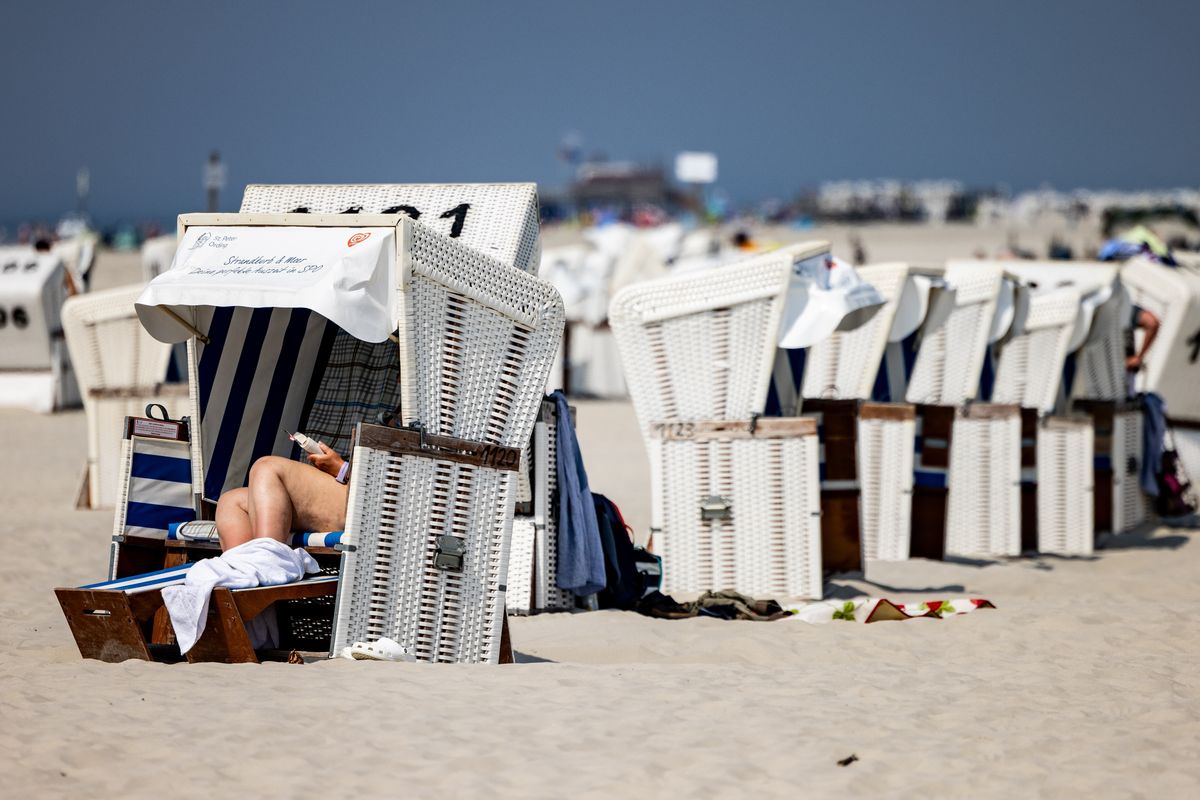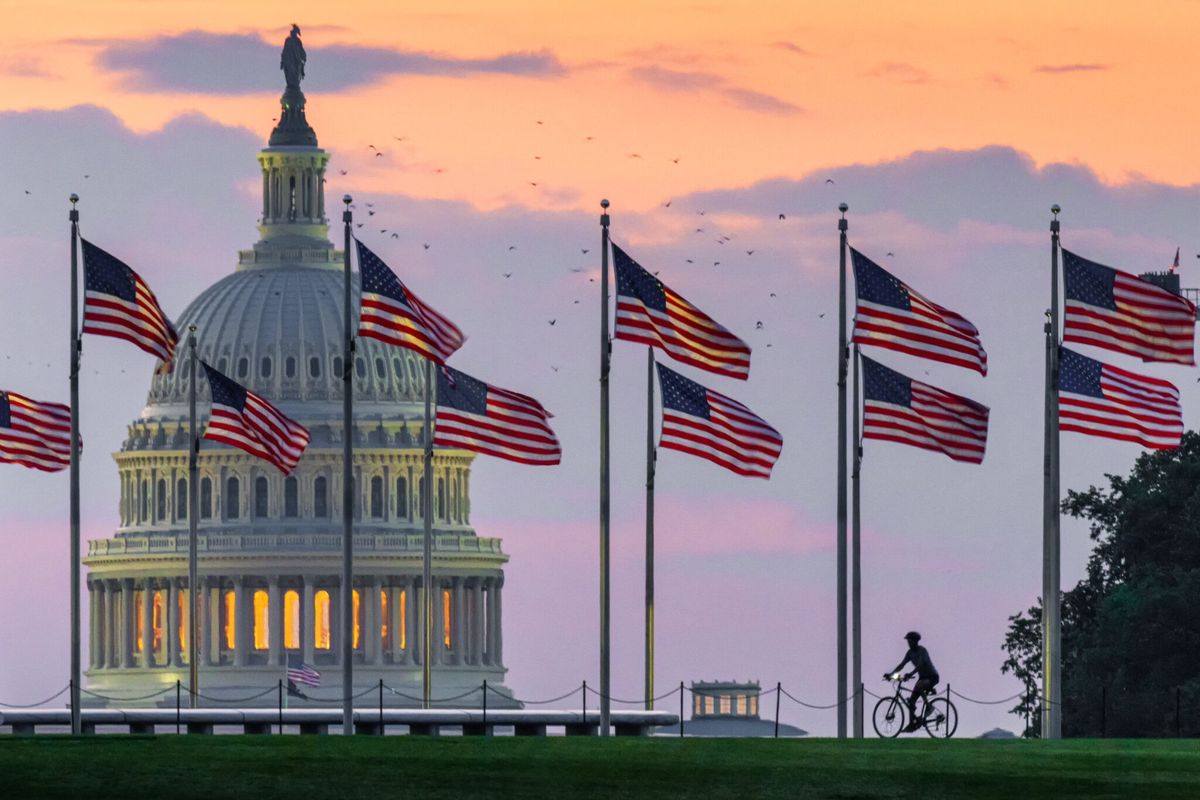The last couple of weeks have seen almost daily terrorist attacks across Pakistan from a variety of bad actors:
- February 13: A suicide bombing during a protest rally in Lahore.
- February 14: Two police officers were killed trying to defuse a terrorist bomb near a bus stop in Quetta.
- February 15: A suicide bomber targeted a government compound in Mohman.
- February 15: A suicide bomber rammed a government van in Peshawar.
- February 16: A suicide bombing at the Lal Shahbaz Qalandar Sufi Muslim shrine in Sehwan Sharif killed at least 75 people and injured more than 200 others.
February 16: An IED attack on a Pakistan military convoy outside of Awaran.
February 21: Multiple waves of suicide bombers are killed while attacking a courthouse in Tangi.
With regard to the last attack, it was somewhat of a “success” on the Pakistan police side as they were able to shoot two of the would-be suicide attackers dead, thereby blunting the damage they might have otherwise done. Some of these attacks were claimed by the Islamic State, others by Jamaat-u.-Ahrar, an offshoot of the Pakistan Taliban. Some attacks had no immediate claim of responsibility.
In the U.S. Intelligence Community, we are always very interested in racking and stacking the threats and want to determine which group is responsible for which attack. The Pakistanis are a little more laissez-faire on the issue of responsibility and just lump all of the bad actors into their catch all classification of “miscreants” – which is probably an apt term to use as there are so many closely aligned bad actors in Pakistan today.
It’s important to note that the vast majority of terrorist attacks in Pakistan, and none of the recent attacks, had anything to do with the U.S. or the West. These are all Pakistan on Pakistan attacks, many sectarian in nature, in a country that has been rocked by sectarian and tribal Muslim on Muslim violence in a trend they seem incapable of stopping.
And there are things I thought I’d never see: The Pakistanis last week closed the famous Torkham Gate in the Khyber Pass, “sealing” their border with Afghanistan and complaining that terrorists performing operations in Pakistan were being given safe harbor and easy transit across the border, finding safe refuge in Afghanistan and actually living in Afghanistan. This is a 180-degree turn from the usual narrative in that the Afghans have been complaining vociferously for decades that terrorists have been given free passage and safe harbor on the Pakistan side of the border to conduct attacks in Afghanistan. The truth? It’s a porous border and nobody really controls it. Heck, when we had over 100,000 troops in Afghanistan in full combat operations, we still couldn’t begin to control the flow of people cross border.
The attack on the Laz Shahbaz Sufi shrine that killed almost a hundred worshipers seems to have momentarily, at least, galvanized the Pakistan military, with Army Chief General Qamar Javed Bajwa vowing that there would be “no more restraint for anyone…” We found out soon after what that means when on February 22, the Pakistan military released a press statement saying they were immediately launching a countrywide operation called, “Radd-ul-Fasaad,” which loosely translates to “elimination of conflict” or as they might say more colloquially back in the ‘hood, “We are tired of this and we will soon be retaliating…” Since the press release, dozens have been killed or captured in Pakistani military raids ranging from Peshawar to Quetta to Karachi, and in bombings in Pakistan’s restless Federally Administered Tribal Areas.
The Pakistanis are like this; every time we think there is a seminal event that will surely galvanize the Pakistanis and get them to do something to really clean up their domestic terrorism problem, they get busy with a short-lived tactical “we are angry” response that makes them feel better, makes them feel like at least they’re doing something, but without any consistent strategy on how to deal with the challenges of militancy and radical Muslim extremism in Pakistan. Instead, they roll out tactics and get serious for a couple of weeks, and then it’s back to business as usual.
We saw a robust response just over two years ago after the heinous December 2014 attack on the school in Peshawar where 150 were killed, mostly young children of military officers. This resulted in retaliatory attacks in the FATA and more strategically, a 20-point National Action Plan to combat terrorism. But, there was not much structural change where it was really needed – in the courts and in the parliament – to give the Pakistani military and intelligence services the support they need and stronger unambiguous language on definitions of terrorism, who is considered a member of a terrorist organization, and what comprises material support. The court system in Pakistan is hideously broken, and until they fix it, the military has to do things “extra legally,” as we euphemistically say, or work within a system where everyone knows that no one really goes to jail.
This is not a criticism of the Pakistan military or the Inter-Services Intelligence (ISI) directorate. Rather, this menace of home grown terrorism is a broader and more strategic issue that must be confronted with the help of political resolve, the Pakistan judicial system, and the politicians who are quick to fault the Pakistan military for anything and everything. Until Pakistani politicians fix things on a structural level, we are repeatedly going to see occasional fortnights like the bloody one we just saw in Pakistan.












